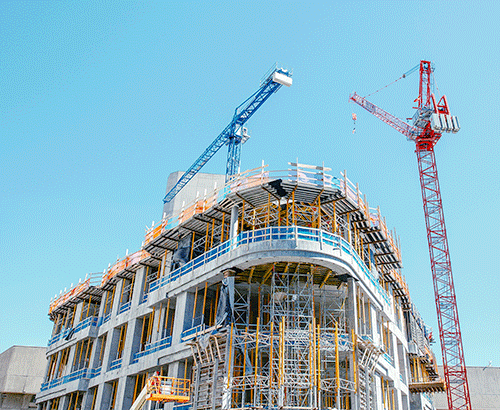The Ownership Clock is Running Out
Many E&C firms delay ownership transition planning, leading to compressed timelines, higher risk and fewer options. FMI data shows most owners lack a formal plan, even though successful transitions require years of coordinated preparation. Explore how starting earlier can protect value and expand your options.
Read More








